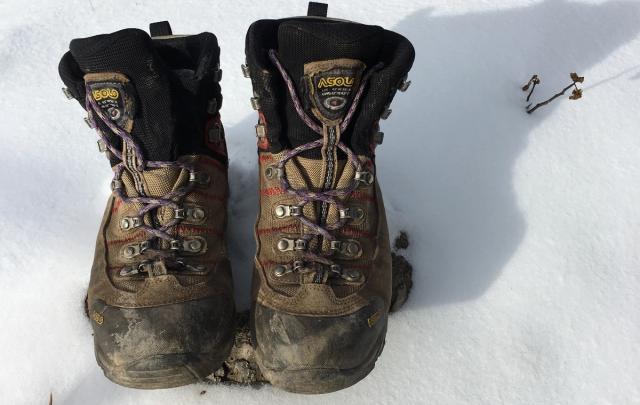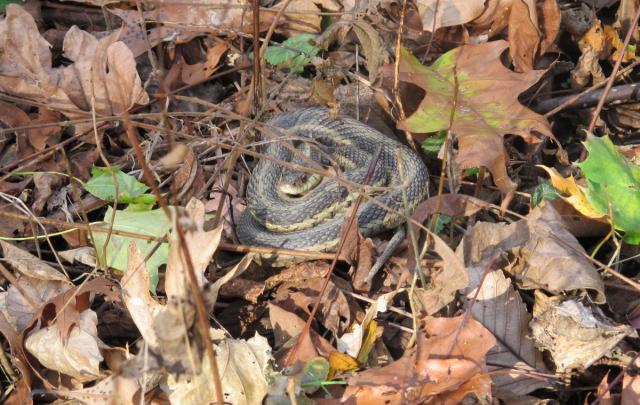Equipment
Tips and recommendations for the gear and equipment you need on every outdoor adventure, including boots and clothing, emergency supplies, navigation tools, and more.

After arriving at the trailhead earlier this week, the first thing that I did (as usual) was to take off my street-shoes and swap them with the hiking boots that I store in the rear of my Jeep.

One piece of gear that I believe that you should get in the habit of carrying with you during your outdoor adventures in any remote or reasonably remote location - especially where you’re out alone - is Bear Spray.

Before you attempt to help a victim of snakebite, don’t just blindly rely on collective wisdom, what is shown on television, or what you spot on a store shelf. Instead, take a wilderness first-aid course, learn the facts, and continue to study.